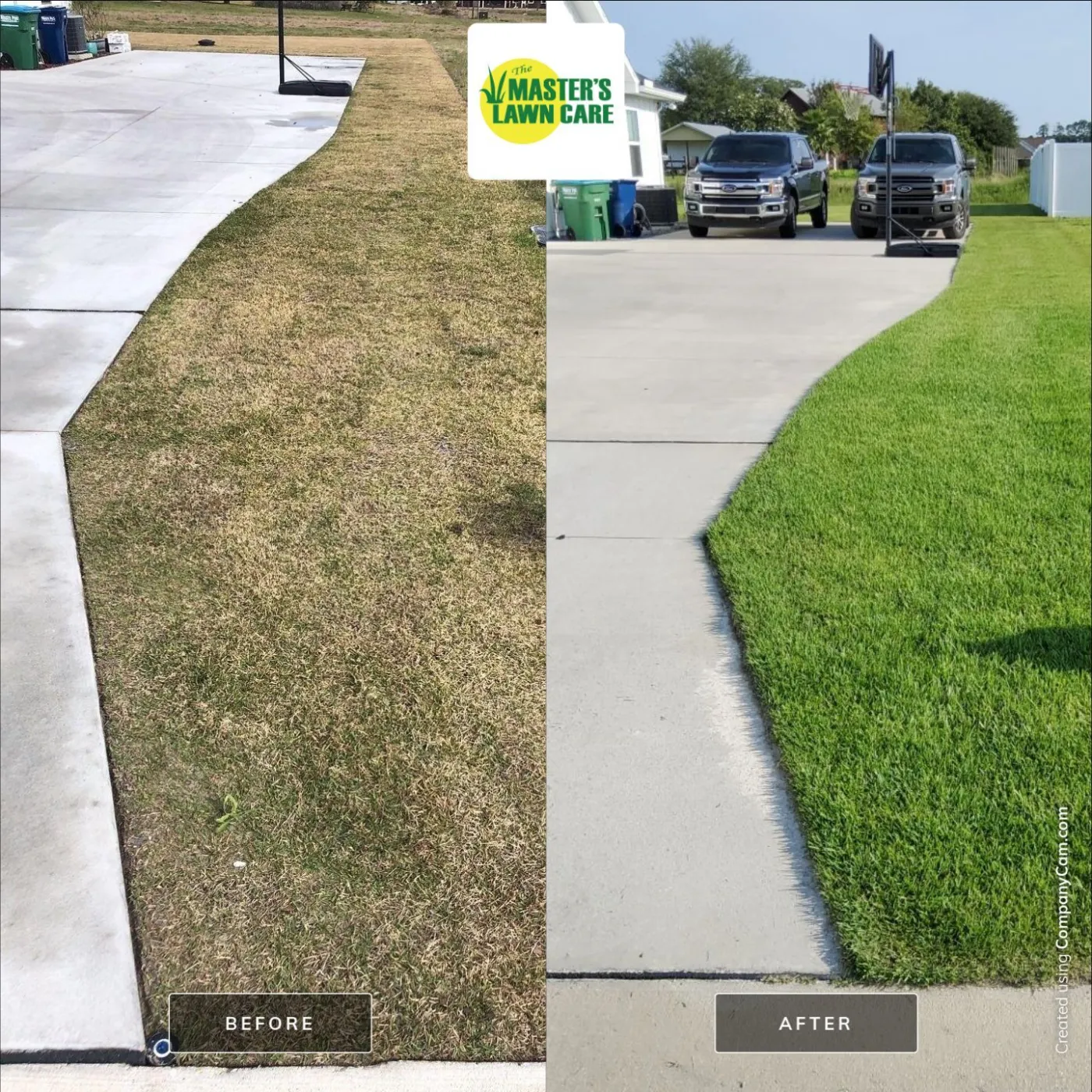Achieving a lush, healthy lawn in St. Augustine and High Springs, FL, requires more than just a routine cut and water. The hot, humid climate of Florida, coupled with its unique soil composition, demands a strategic approach to lawn care. Understanding these expert strategies can help maintain a vibrant lawn that not only enhances the visual appeal of your home but also serves as a personal oasis for relaxation and enjoyment.
Understanding Florida's Unique Lawn Care Needs
Our climate is predominantly warm with high humidity, which can foster the growth of certain grass types while challenging others. Typically, warm-season grasses like St. Augustine grass, Bermuda, and Zoysia thrive in this environment. These grasses are well-suited to the heat and can withstand a fair amount of humidity. However, they also require specific care to remain healthy and attractive.
Regular and Proper Mowing
The cornerstone of a healthy lawn is regular and proper mowing. Each grass type has an ideal mowing height, which encourages healthy root development and prevents weeds. For instance, grass in our area generally thrives when kept at a height of about 3-4 inches. Mowing too short can stress the grass, making it more susceptible to pests and diseases, while letting it grow too long can lead to thatch buildup and other issues.
Effective Watering Practices
Given the climate in our area, effective watering is crucial. Overwatering can lead to fungal growth and other diseases, while insufficient watering can stress the grass during hot periods. The key is to water deeply but infrequently, encouraging the roots to grow deeper into the soil. The best time for watering is early in the morning, which allows the grass to dry off during the day.
Fertilization for Optimal Growth
Fertilizing your lawn is essential for providing the necessary nutrients for growth. However, the type of fertilizer and the timing of application are critical. Slow-release fertilizers are often recommended for lawns in our area as they provide a steady supply of nutrients over time. The primary growing season in spring and early summer is the ideal time for fertilization, but it’s important to follow local regulations regarding fertilizer use, especially during the rainy season.
Weed and Pest Control
Weeds and pests can be a significant challenge. A proactive approach to weed control, including pre-emergent herbicides, can prevent weed seeds from germinating. For pest control, it’s crucial to first identify the type of pest and then use targeted treatments. This helps protect the lawn without unnecessary use of chemicals.
Lawn Aeration for Soil Health
Aeration is the process of making small holes in the lawn to allow air, water, and nutrients to penetrate the soil. This practice helps alleviate soil compaction, which is common in high-traffic areas. Aeration is best performed during the lawn’s growing season when the grass can recover quickly.
Addressing Lawn Diseases
Lawn diseases can be a common issue in the warm, humid environment of our area. Identifying signs of disease early and treating them promptly is key to maintaining lawn health. Common issues include brown patch, dollar spot, and gray leaf spot, each requiring specific treatment strategies.
Seasonal Lawn Care Adjustments
Adapting lawn care practices to the changing seasons is essential. In spring, focus on fertilization and weed control to prepare the lawn for the growing season. During the hot summer months, adjust watering and mowing practices to accommodate the increased heat and potential drought conditions. In fall, prepare the lawn for the cooler weather by reducing fertilization and continuing with pest and weed control measures.
Related: Unhappy with Your Current St. Augustine, FL Lawn Care? Make the Switch to Local Lawn Care Services

